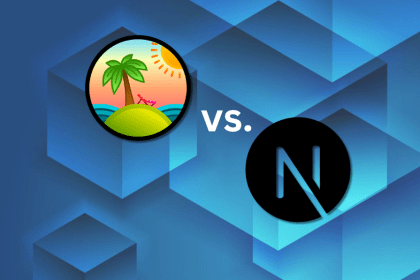
Streaming AI responses is one of the easiest ways to improve UX. Here’s how to implement it in a Next.js app using the Vercel AI SDK—typing effect, reasoning, and all.

Build an AI assistant with Vercel AI Elements, which provides pre-built React components specifically designed for AI applications.

Learn about the new features in the Next.js 16 release: why they matter, how they impact your workflow, and how to start using them.

The question isn’t whether Next.js is good or bad; it’s whether the productivity gains are worth the complexity tax.

Next.js 15 caching overhaul: Fix overcaching with Dynamic IO and the use cache directive.

Next.js 15.4 is here, and it’s more than just a typical update. This version marks a major milestone for the framework and its growing ecosystem.

Set up real-time video streaming in Next.js using HLS.js and alternatives, exploring integration, adaptive streaming, and token-based authentication.

after()Next.js’ after() is a new API that lets you run logic after your route has finished rendering, without blocking the client.

You don’t need to guess what’s wrong with your Next.js app. I’ve mapped out the 8 biggest performance traps and the fixes that actually work.

TanStack Start vs. Next.js: both are powerful full-stack React frameworks, but they take fundamentally different approaches to architecture, routing, and developer experience.

Explore how to build and deploy a Next.js app to Cloudflare Workers to enjoy Vercel-like performance with more flexibility and lower costs.

Looking for a Next.js alternative and want to keep using React? Discover the best frameworks to consider and where they shine.